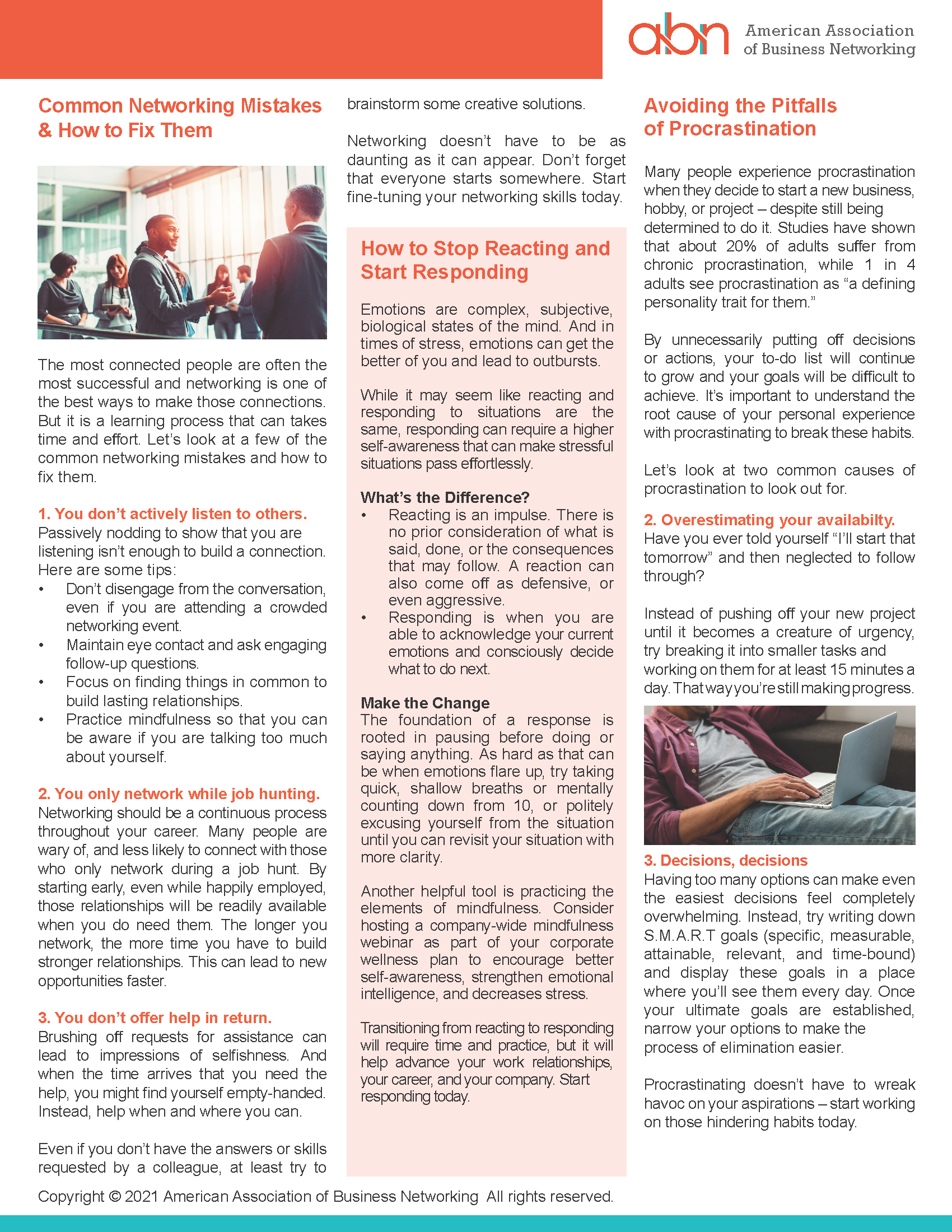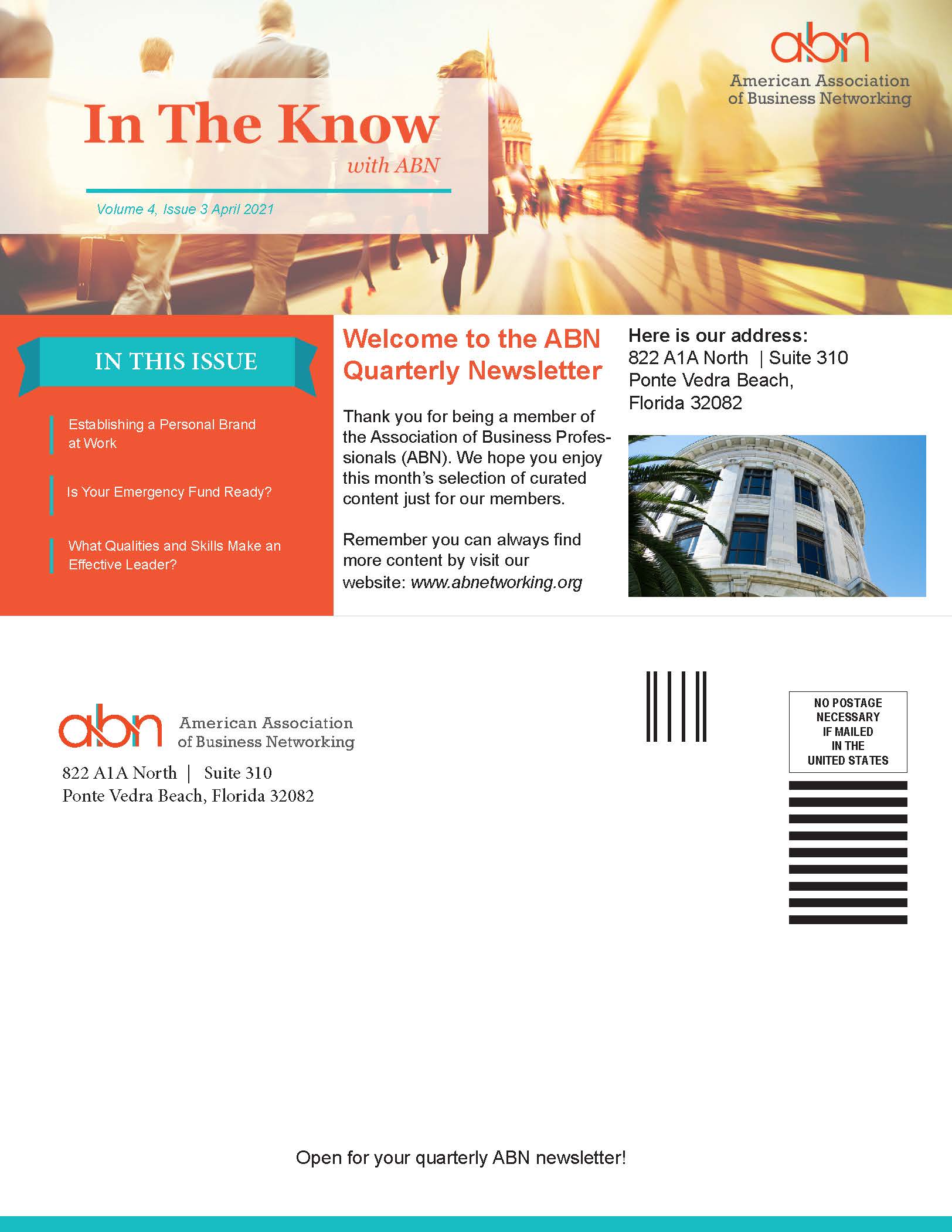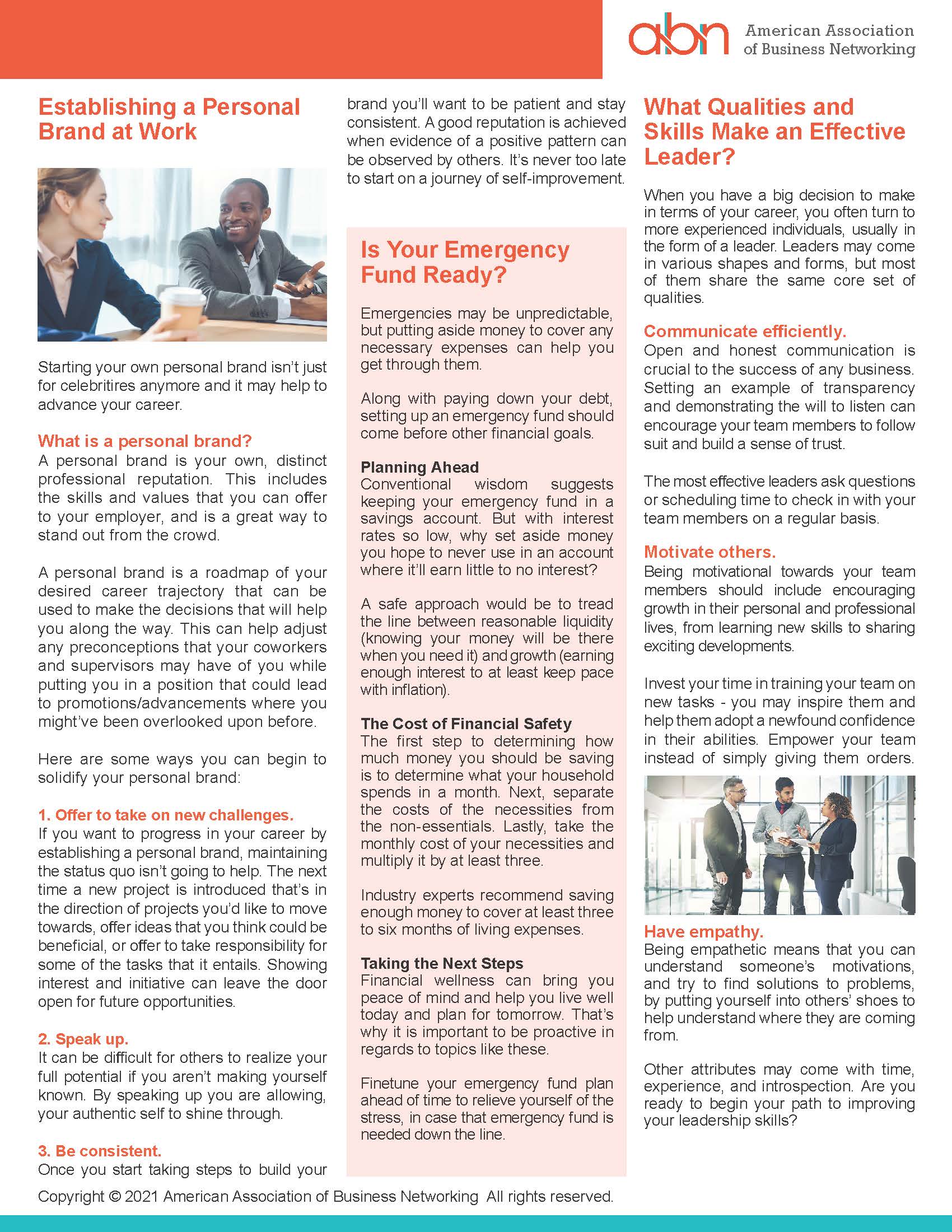Resolving Conflict in the Workplace
Losing key employees is never ideal. The after-effects of such losses can have far-reaching consequences for any company’s operations. Accounting for the initial decrease in work output, lowered workplace morale, and the need to hire and train new staff, research indicates that employee replacement costs U.S. businesses a trillion dollars a year.
Conflicts with management and employee disagreements are frequently at the top of the list of reasons why employees quit their jobs.
To assist in navigating the murky waters of workplace conflict, consider the points below as best practices in preventing and resolving tension within the workplace.
How to Address Internal Conflict
Be Decisive: It’s important to address conflicts directly and as early as possible to have the best chance at preventing escalation and workplace toxicity. Rather than avoiding conflict altogether, learn to manage it effectively.
As a top executive or manager, it’s your responsibility to address the concerns fairly and expeditiously. The sooner you act, the easier it will be to resolve a disagreement at your company.
Put Yourself in Their Shoes: It’s critical that you empathize with all parties so you can fully understand the motivations and circumstances of a disagreement. When dealing with a problem, actively listen to both parties and pay close attention to what they have to say.
Use Facts and Fairness to Arbitrate: When you are in a position where it is not possible to reach a mutually accepted conclusion, make your decision based on fairness and understanding. While we would all like to resolve conflicts amicably, it isn’t always possible. Consequently, it’s critical to remain objective to ensure that no personal feelings or agendas are brought into the discussion.
Concentrate on the Lesson: After resolving a conflict, think about what the parties could do differently next time to prevent it from happening again. Consider a disagreement to be an opportunity for constructive growth, development, and improvement. What is the point of convergence for both parties? What can you take away from this experience? Should company policy changes be made?
How to Prevent Conflict
Communicate Company Values: Company values serve to anchor decision-making, inspire constructive behavior, and aid in the recruitment and retention of personnel who share the company’s values. Not effectively communicating this is one of the most common causes of conflict in the workplace. If there’s any ambiguity in the way that a company is managed, employees become less confident in policies, rules, procedures – which inevitably leads to conflict.
Promote Positivity: It’s important to acknowledge the ability to foster positive employee relations as a valuable, intangible, and long-lasting asset for your company. This involves being open, implementing equitable management practices, and treating all employees with decency and respect. Encourage a culture of positivity to help maintain a productive workplace environment.
Lead the Way: Being able to confront and handle uncomfortable topics between employees is a critical asset for company leaders. While some people are born with innate management abilities, most are not. Consider investing in training programs for your management team. Having well-trained, well-supported leaders can pay dividends.
Celebrate Your Success: Ensure that all teams are provided with realistic incentives to fulfill group objectives — and make sure you recognize the efforts they make in accomplishing them. Group events, outings, well-being workshops, and team meals can all contribute to this endeavor.












